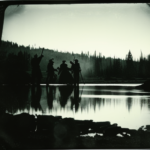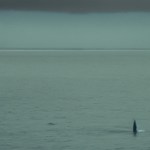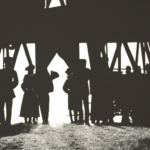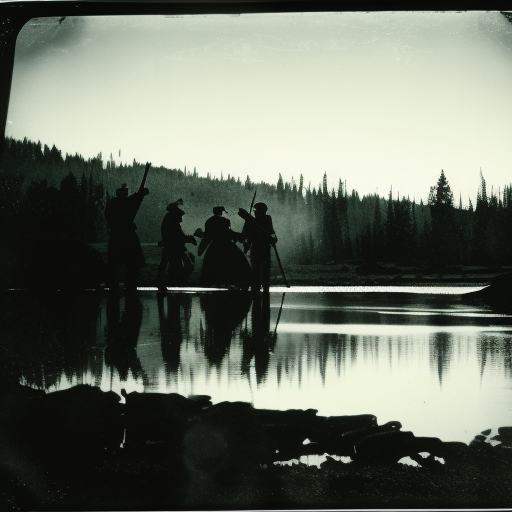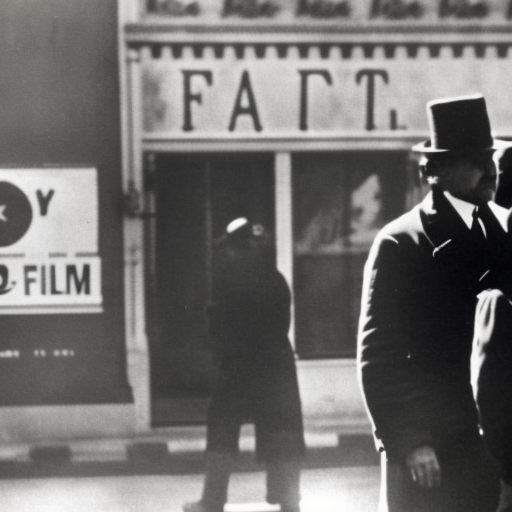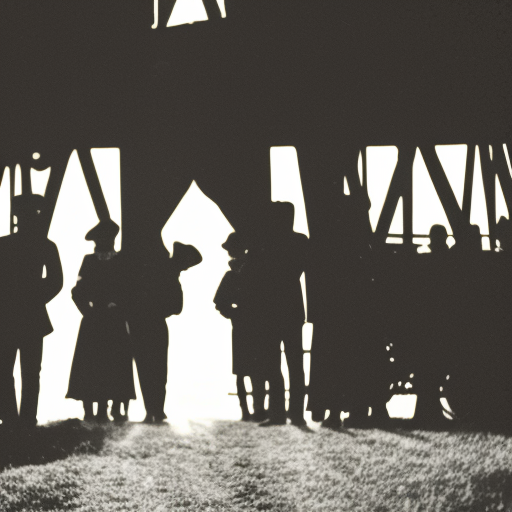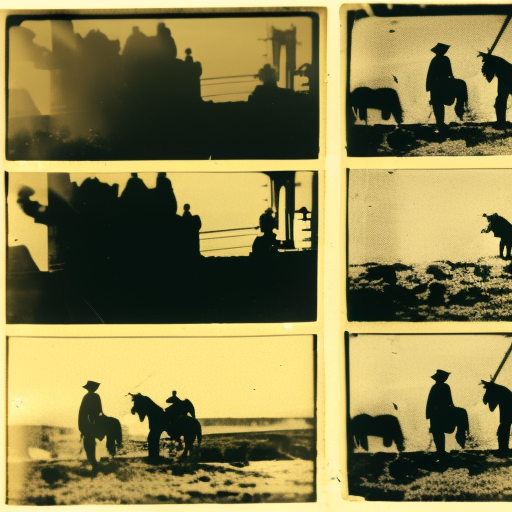The Lewis and Clark Expedition (1804-1806)
The Lewis and Clark Expedition, also known as the Corps of Discovery Expedition, was an exploration of the western portion of the United States commissioned by President Thomas Jefferson. Led by Meriwether Lewis and William Clark, the expedition aimed to find a practical route across the western half of the continent and establish an American presence in the region.
Background: In the early 1800s, the United States had recently acquired the Louisiana Purchase, doubling the size of the country. President Jefferson was eager to explore and map this vast territory, as well as establish trade with Native American tribes and find a water route to the Pacific Ocean.
Preparation and Departure: In May 1804, the Corps of Discovery, consisting of 33 members, departed from St. Louis, Missouri. Meriwether Lewis and William Clark were chosen as leaders due to their knowledge of the natural sciences, mapping skills, and previous military experience.
Exploration of the Missouri River: The expedition traveled up the Missouri River, facing numerous challenges such as treacherous rapids, harsh weather conditions, and encounters with Native American tribes. They established friendly relations with some tribes, such as the Mandan and Hidatsa, who provided them with essential supplies and information about the region.
Winter at Fort Mandan: The Corps of Discovery spent the winter of 1804-1805 at Fort Mandan in present-day North Dakota. During this time, they prepared for the journey ahead, learned from Native American tribes, and enlisted the help of a French-Canadian fur trader named Toussaint Charbonneau and his Shoshone wife, Sacagawea, who would prove invaluable as interpreters and guides.
Rocky Mountains and the Continental Divide: In the spring of 1805, the expedition continued westward, crossing the Rocky Mountains. They faced rugged terrain, harsh weather, and dwindling supplies. However, they persevered and eventually reached the Continental Divide, where they encountered the headwaters of the Columbia River.
Down the Columbia River: The Corps of Discovery built canoes and traveled down the Columbia River, reaching the Pacific Ocean in November 1805. They established Fort Clatsop near present-day Astoria, Oregon, where they spent the winter of 1805-1806.
Return Journey: In the spring of 1806, the expedition began its return journey. They retraced their steps, facing many of the same challenges they encountered on their way west. Along the way, they split into smaller groups to explore different routes and gather more information about the region.
Legacy: The Lewis and Clark Expedition is considered one of the greatest achievements in American exploration. The expedition collected valuable scientific data, mapped previously uncharted territory, and established relationships with Native American tribes. Their journey paved the way for future westward expansion and helped solidify American claims to the Pacific Northwest.
Conclusion: The Lewis and Clark Expedition was a remarkable feat of exploration and discovery. Lewis and Clark, along with their team, overcame numerous challenges and successfully explored the western portion of the United States. Their expedition provided valuable knowledge about the region, established American presence, and opened the door for further exploration and settlement of the American West.



